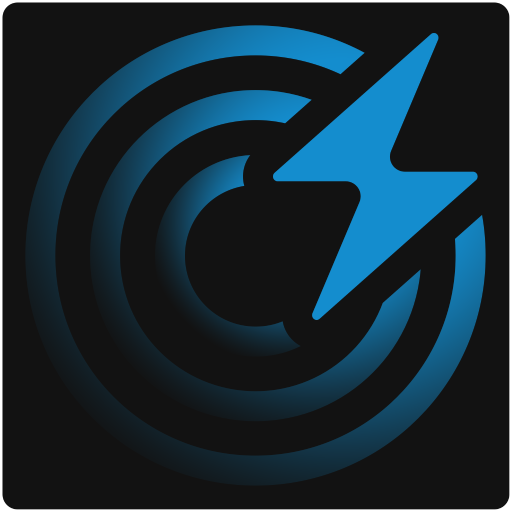This Week:
Worked with Callum and Luca to expedite the integration of the mechanical and electronic subsystems for the interim demo.
I soldered and implemented the limit switches for the motor rails with Luca.
I brought the wood back from Home Depot, stenciled and cut it to size for the top surface of our table.
As for the charging subsystem, I ordered and received the new, more precise ammeters. I have now validated that we are able to reliably detect devices (both phones and earbuds) and the detection is fast enough for us to use the motors to do fine positioning of the coil under the devices. I ran into a problem, where I saw the current bouncing around a decent amount. This does not really impact detection of devices, since I can take an average of values over a given timeframe to minimize the effect this has. However, this might affect the detection speed and possibly other things like charge state selection down the road. I need to hook up the ammeter to a scope to see if it’s a data acquisition rate limitation f the Arduino, and I am looking at some aliased data or if it is something else.
Schedule:
No changes to the schedule this week. I believe we are on track, if not ahead. We presented an updated Gantt chart during the interim demo and will try to post a picture of it in the Team Report.
Next Week:
We need to etch channels into the wood for proper placement of the PCB’s. Luca is going to be leading this, but I will be helping him. Once this is done, I will also be mounting the PCB’s onto the wood with Callum. I will also be mounting the wood itself on the frame; we need to figure out if we are going to use 3D printed components or long screws.
I am going to be working closely with Luca to integrate the ammeter sensing code into the motor control code for fine positioning. We need to figure out what pattern we are going to be doing to scan the general detected device area and how fast we are going to do this. Once I figure out what is going on with the current measurement, I am going to look into implementing charge state selection. Callum and I also need to work on the code: 1. that will store and sequence the detected devices and 2. that will use Hall Sensor data to interpolate the relative location of the device with respect to the nearest sensors, to get better racy.
Now that we have a decent amount of components/subsystems built, we are mostly going to be working on integration, adding final touches, and going beyond MVP.
Verification Tasks:
Limit Switch Testing:
– Confirm the correct operation of the limit switches installed for motor rails.
– Record any instances of switch failure or inaccuracy and troubleshoot as needed.
Charging Subsystem Efficiency Check:
– Verify the charging system’s ability to accurately detect various wireless charging devices.
– Assess the time taken for device detection and the system’s response time.
Ammeter Performance Analysis:
– Examine the readings from the new ammeters, focusing on stability and precision.
– Determine how fluctuations in current readings impact the efficiency of the charging process.
Subsystem Integration Evaluation:
– Conduct tests to assess how well the charging system integrates with the mechanical and electronic subsystems.
– Evaluate any synchronization issues between the charging mechanism and the table’s movements.
